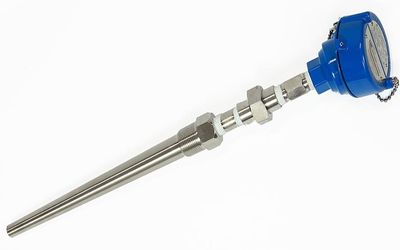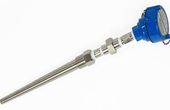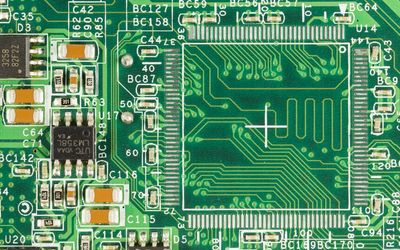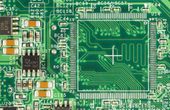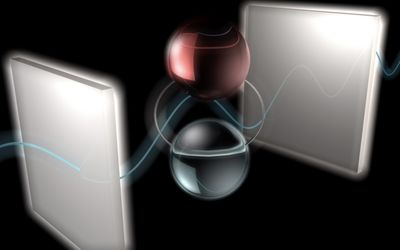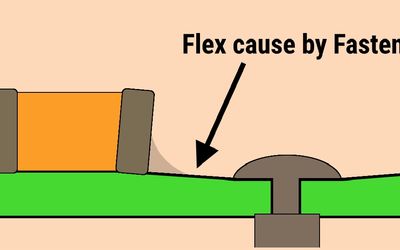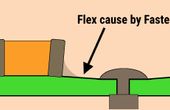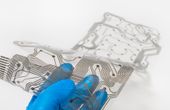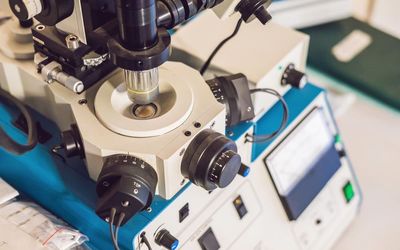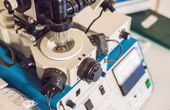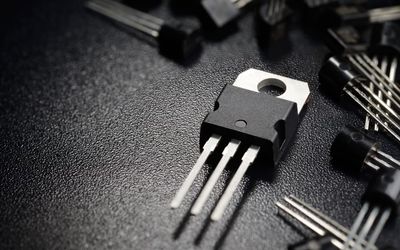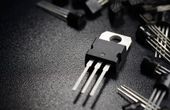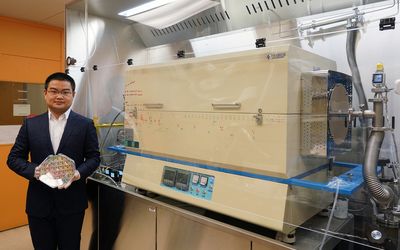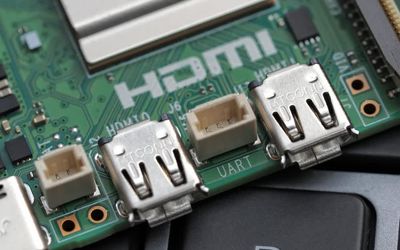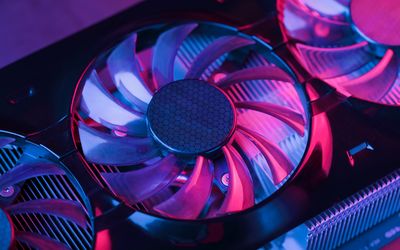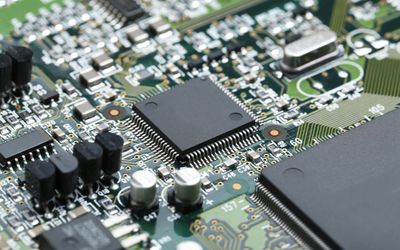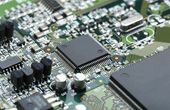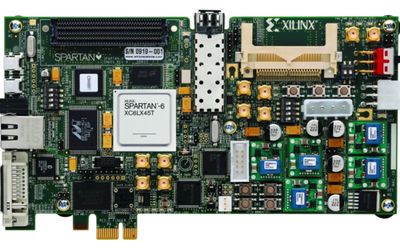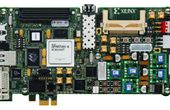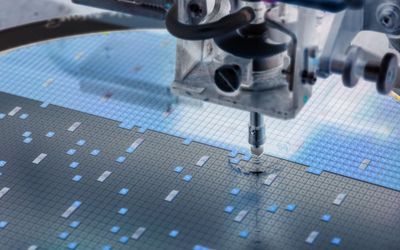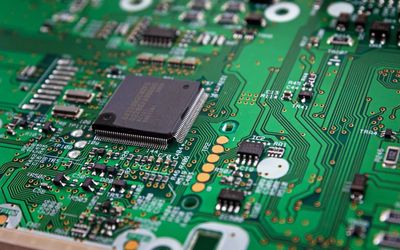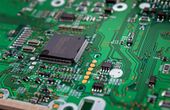Resistance Temperature Detectors (RTDs) are temperature sensors that vary electrical resistance in response to temperature variations. This page gives a comprehensive introduction of RTDs, including their operation, kinds, uses, benefits, and limits. RTDs are suitable for temperature measurement in sensitive industrial applications due to their high precision, stability, and repeatability. They are utilised in a variety of sectors such as chemical, automotive, aerospace, pharmaceutical, and food & beverage. While they are more expensive than some other temperature sensors, their benefits make them an excellent choice for applications requiring precision and stability.
Tagged with
electronics
Latest Posts
Printed Circuit Boards (PCBs) are an essential component of nearly every electronic device, providing the foundation for the connections and features that enable functionality. As technology advances and devices become more complex, the importance of efficient and effective PCB layout design has become increasingly critical. This article will guide you through designing a PCB layout, from understanding the basics to mastering advanced techniques and preparing for manufacturing.
Ion milling is a material etching technique used extensively in modern manufacturing and research. It involves the bombardment of a sample with charged particles, called ions, to remove material from the surface in a controlled manner. This article explores the fundamental principles of ion milling, the various techniques used, the equipment required, and its applications in different fields.
In today's interconnected world, network topologies play a crucial role in determining the efficiency and reliability of communication between devices. One such network topology is the bus topology, known for its simplicity and cost-effectiveness. In this comprehensive guide, we will delve deeper into bus topology, exploring its advantages, disadvantages, applications, and the future of this network design.
PCB mounting is critical for ensuring the lifetime and dependability of electronic products, including careful component selection and location, adherence to industry standards, and the use of high-quality materials and assembly procedures. This post will go over PCB mounting techniques, tips, and best practices and expand on crucial aspects of printed circuit board mounting.
